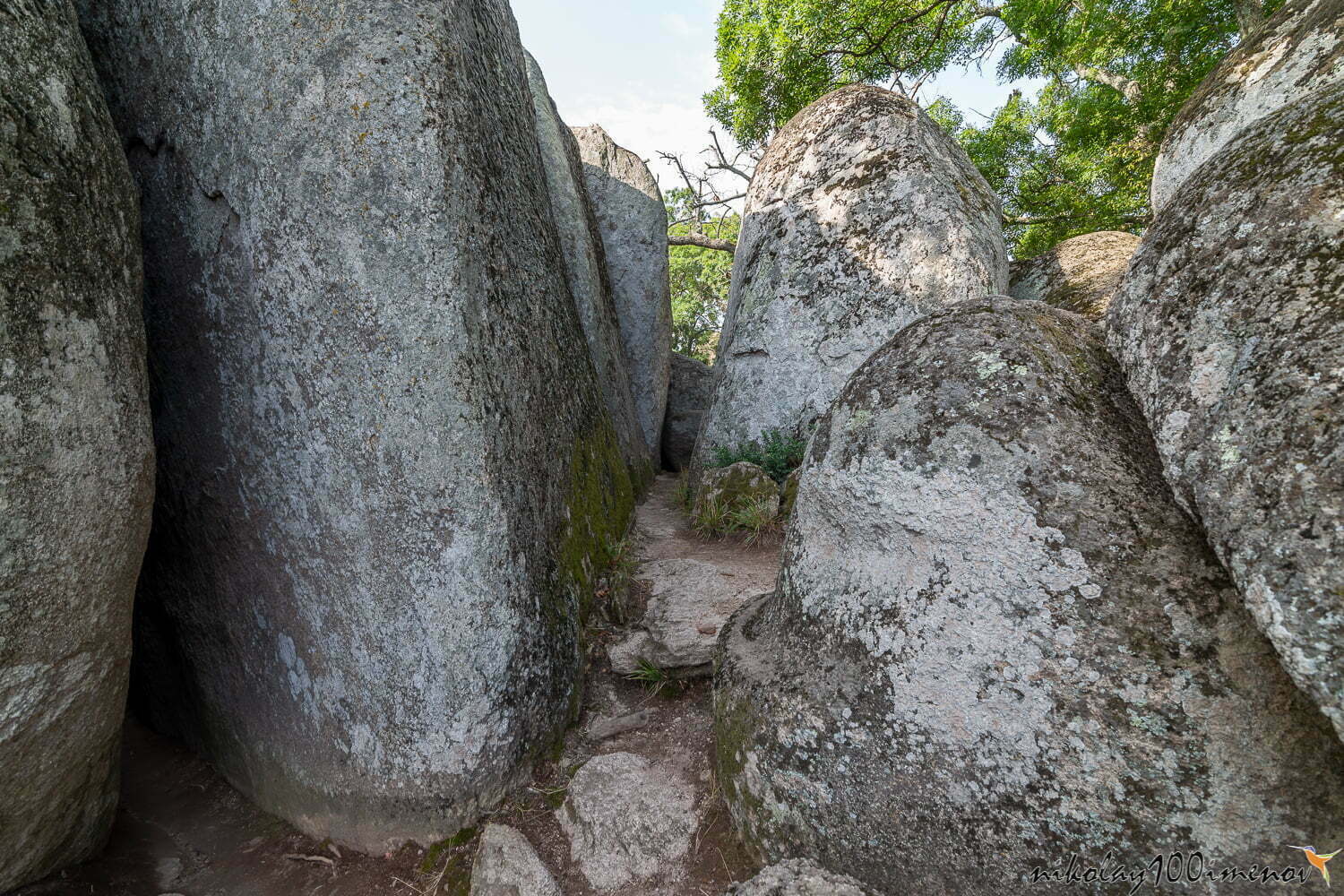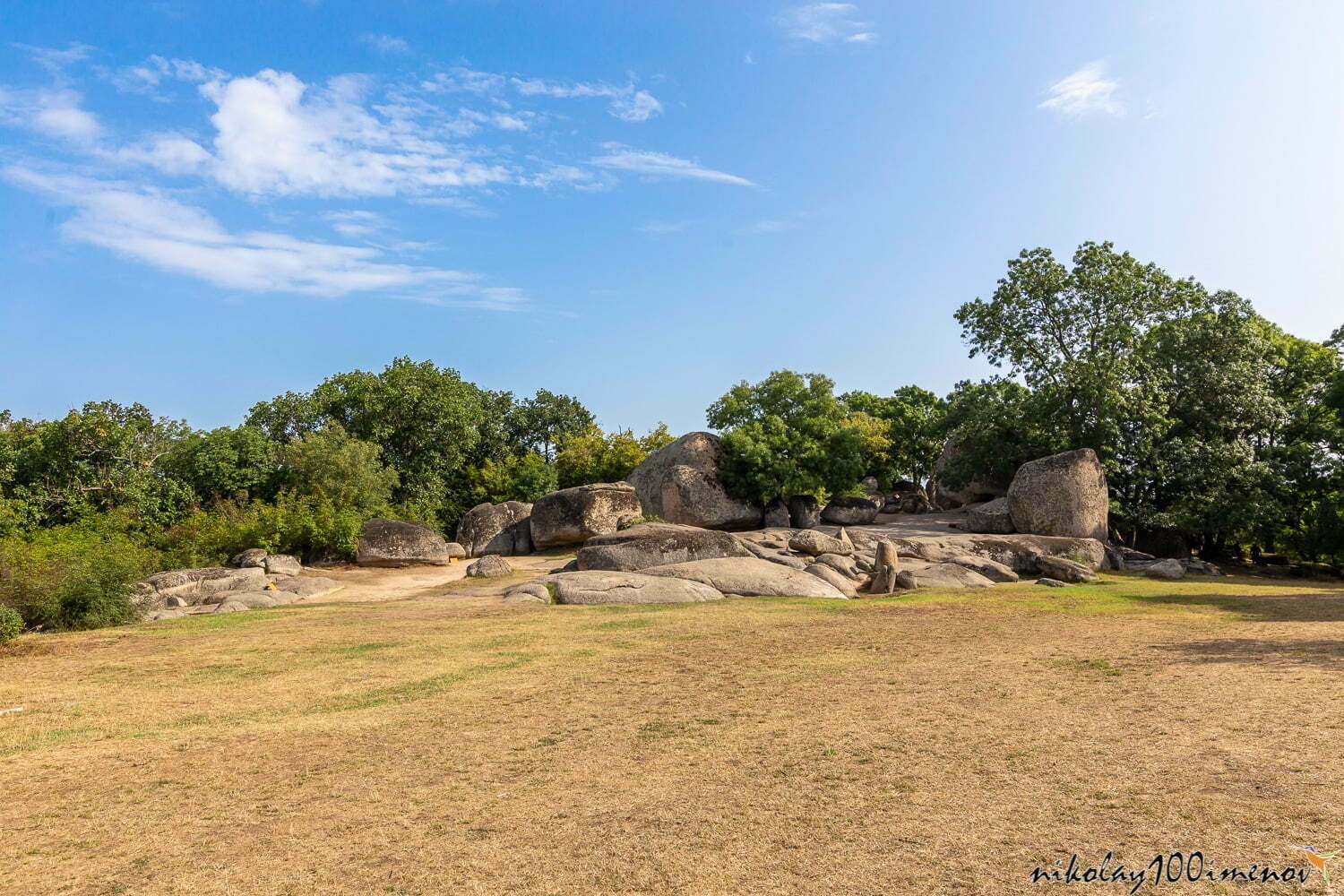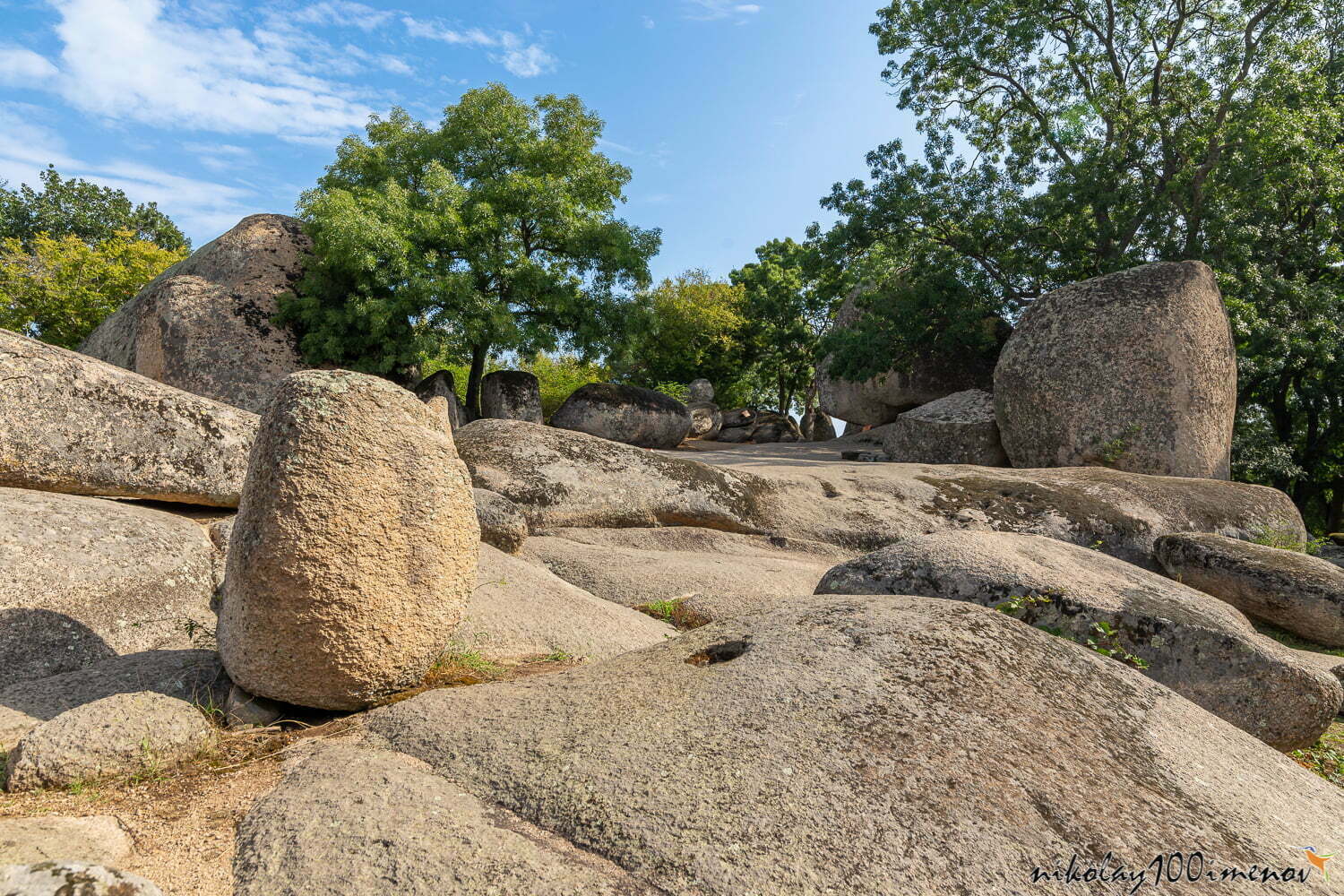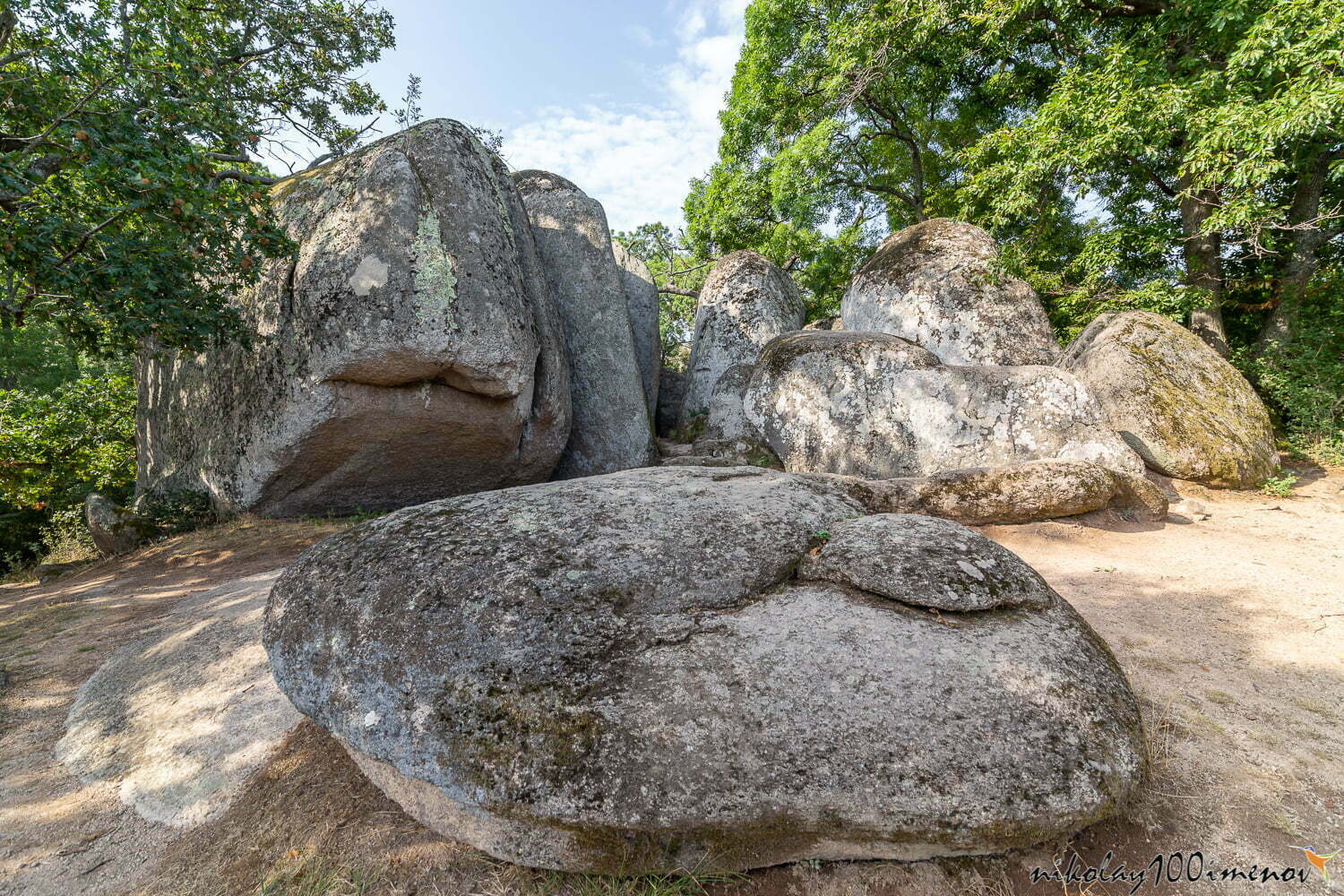Home » Beglik Tash – The Mysterious Phenomenon of Ancient Bulgaria
There’s something about Bulgaria that makes it feel like the secret no one tells you about, but all of your friends know anyway. It’s beautiful and exotic and untouched, like some sort of ancient Bulgarian mystery waiting to be discovered. And if you haven’t been there, it seems like you don’t know what you’re missing out on. This isn’t just a place of mystery, though – Beglik Tash also has a fascinating history that makes it stand out from most other places in Europe.
Beglik Tash is a 3,000-year-old sanctuary.
Located just a half hour from the Black Sea, Beglik Tash is thought to be one of the first rock sanctuaries in the world. It was once used as a place for worshipping and rituals dating back to 5,000 B.C. While historians do not know much about this site, its breathtaking views and long-standing use mean that it is still worth exploring. In the 1800s, Karl Leberecht Immanuel Drake gave this ancient temple an unusual name: The Mystery. It is no mystery why he felt this way! A trip to this rock sanctuary offers some surprising discoveries as well as spectacular vistas with commanding views of steep mountainside valleys and forested peaks.
The Thracians inhabited the area that is now Bulgaria since before 2000 BC.
Beglik Tash is one of the most unusual and unexplained places in the Balkans. It’s a rock, but what kind is still not determined. It is a wild outcrop with unbalanced edges, that rises 300 meters above the plateau called Berkovitsa. The locals believe that it was created by god or willed into existence by an ancient Thracian leader.
Beglik Tash Phenomenon
The idea of hidden objects in the earth to be found and revealed by archeologists for all to see, dates back thousands of years. One such set are the inscriptions and figurines that have been found in and around Beglik Tash (meaning white stone). What has archaeologists so stumped is that these ancient artifacts are from around 300 AD but still show traces of animal blood. This, along with the imagery seen on their many figurines, has left experts puzzled as they struggle to decipher the true meanings. Who were these people? Why did they build what looks like a ritual site? Was it a temple or sacrifice ground?
Places to stay near Beglik Tash
They were polytheistic and their main gods were similar to those of the Greeks.
The Begliks were polytheistic and their main gods were similar to those of the Greeks. Hristofor wrote that they worshiped the heavens, earth, water, fire, and wind. As mentioned before they had only one God/Goddess but they offered sacrifices to nature-spirits as well. They worshiped two female deities; Mother Earth and Mother Heavens and three male deities; Father Sky, Father Storms and Father Sun. All these gods had many human attendants who acted as their incarnations on earth in order to assist them in completing their earthly duties.
They lived in small villages but also built fortified citadels for defense in times of war.
Archaeologists have long puzzled over the remains of the Beglik Tash culture, which had lived in the northeastern part of what is now modern-day Bulgaria. Buried inside a number of medieval citadels, they left behind everything from coins to jewelry and personal items with inscriptions that date back to as early as 600 BC. Small villages also dotted the landscape, but there were no major towns nearby. Historians believe they tended sheep and crops as well. When their culture was in its infancy, it was a time before metal was used for construction or farming implements so their homes must have been mostly constructed out of wood.
Places to stay near Duni
Was there a Thracian tribe called Beglik?
No one knows who the mysterious people are that built Beglik Tash. Many historians believe it was a Thracian tribe called Beglik that lived on the high mountain ridges and peaks to escape the continuous raids of neighboring tribes. This site is not mentioned in historical records and offers little information about its builders, architects, or culture. It was first explored by some archaeologists in the 1930s and they thought they had found the ruins of an ancient palace, but over time it has become more accepted as a unique cultural center. Excavations are slow due to limited funds but researchers hope they will someday be able to excavate all four sides which would offer them better information about who occupied this site and what activities were happening there.
Why Beglik Tash means so much for Bulgarian History and Culture?
Ancient Bulgaria was home to the Thracian culture, one of the oldest in Europe. Beglik Tash is the largest Thracian sanctuary on record, and scientists still cannot pinpoint its exact purpose. Some say it served as a memorial for their fallen heroes. Others say it was where Bulgarians would pay tribute to their ancient gods in elaborate ceremonies, while still others say that it was an architectural marvel meant to honor holy kings and queens.
Whatever the true purpose may be, this site has proven to be important both culturally and historically to the Bulgarian people because many discoveries have been made here. For example, artifacts found at this site are now housed in museums all over Europe and have shed new light on what life must have been like back then for these lost civilizations.





